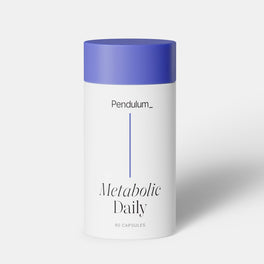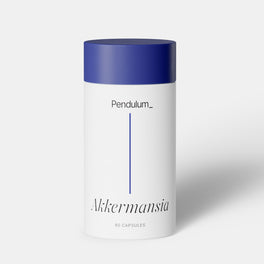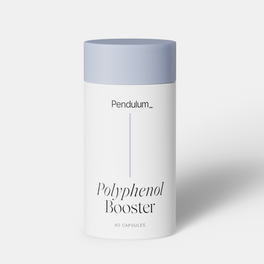Looks like your
cart is empty

Metabolic Daily
Improve metabolism

Akkermansia
Improves gut health

Polyphenol Booster
Increase antioxidants to protect cells
Stay in touch about special discounts, nutrition tips and additional education.
Looks like your
cart is empty

Improve metabolism

Improves gut health

Increase antioxidants to protect cells
So if counting CFUs isn’t effective for determining the efficacy of a probiotic, what is? Enter AFUs, or Active Fluorescent Units. This is a more advanced technique, and it uses flow cytometry to accurately quantify and distinguish between live, dead, and active cells. Basically, with flow cytometry, probiotic cells are marked with fluorescent light that is illuminated by a laser to show whether or not they’re viable. The machine then counts and gives a readout of how many microbes are alive and active.
At Pendulum, we use flow cytometry to measure AFUs for our products, because this method of measurement is an important parameter to better understand exactly how many live and active microorganisms are contained within each serving. In other words, it’s an accurate measurement to better provide probiotics that benefit you and your gut microbiome.